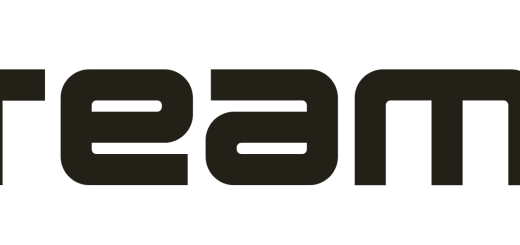The Difference Between AWS-Vault and AWS SSO
AWS-Vault and AWS SSO are both tools used to manage access to AWS resources, but they serve different purposes.
AWS-Vault is a command-line tool that provides secure storage and access to AWS credentials. It allows users to securely store AWS access and secret keys locally and access them when needed without manually entering them or saving them in plaintext on their local machines. AWS-Vault also supports multi-factor authentication (MFA) and can generate temporary AWS credentials that automatically expire, providing an additional layer of security.
On the other hand, AWS SSO (Single Sign-On) is a cloud-based service that simplifies access management to multiple AWS accounts and business applications. AWS SSO allows users to sign in once and access all the accounts and applications they need without remembering multiple passwords or sign-in URLs. AWS SSO supports SAML 2.0 and OpenID Connect, allowing integration with various third-party applications and identity providers. AWS SSO also provides centralized user management, allowing administrators to manage user access to resources across multiple accounts.

AWS-Vault
AWS-Vault is a command-line tool that helps users securely manage their AWS access keys. With it, users can securely store their AWS credentials in an encrypted keystore and easily retrieve them when needed. This makes managing multiple sets of credentials easy, such as for different AWS regions or accounts. Additionally, AWS-Vault can be used to generate long-lived access keys and rotate them regularly.
Advantages of AWS-Vault
- Easy to use and manage multiple sets of credentials
- Excellent for managing long-lived access keys
- Securely stores credentials in an encrypted keystore
AWS SSO
AWS Single Sign-On (SSO) is a service that allows users to centrally manage access to multiple AWS accounts and applications using a single set of credentials. With SSO, users can use a single set of credentials to sign in to all of their applications, and administrators can control user access to different applications. Additionally, SSO can be used to enforce multi-factor authentication (MFA) when users sign in.
Advantages of AWS SSO
- Enables users to use a single set of credentials to access multiple AWS accounts and applications
- Allows administrators to control user access to different applications and enforce MFA
- Integrates with other AWS services, such as Amazon Cognito
Which is Best for You?
When it comes to choosing between AWS-Vault and AWS SSO, it largely depends on your specific use-case. If you need to manage a large number of credentials, such as for different AWS regions or accounts, then AWS-Vault may be the best choice. However, if you need to manage access to multiple applications, then AWS SSO may be the better option.
Conclusion
Both AWS-Vault and AWS SSO are excellent tools for securely managing credentials and access control. While they both have advantages, it’s important to consider your specific use-case before deciding. With that in mind, you should be able to make an informed decision and choose the best solution for your needs.




Recent Comments